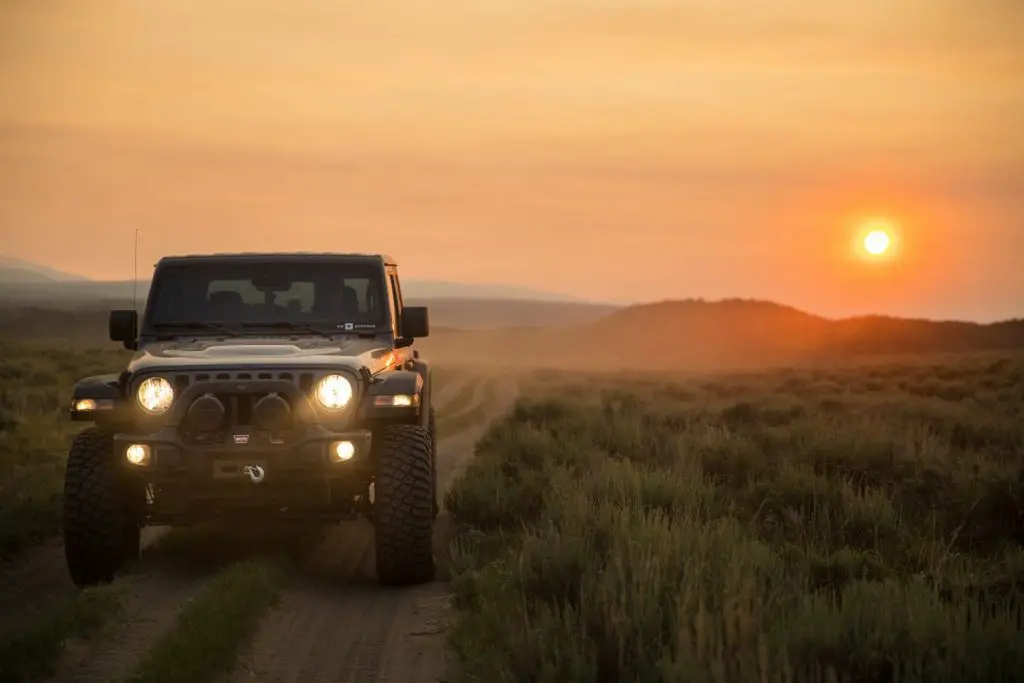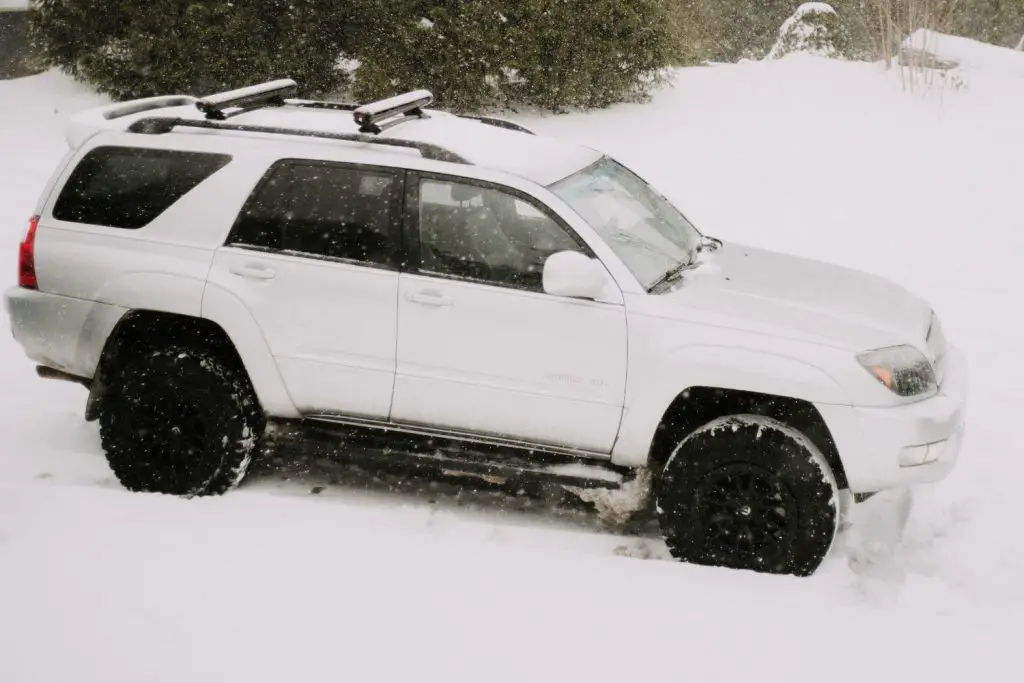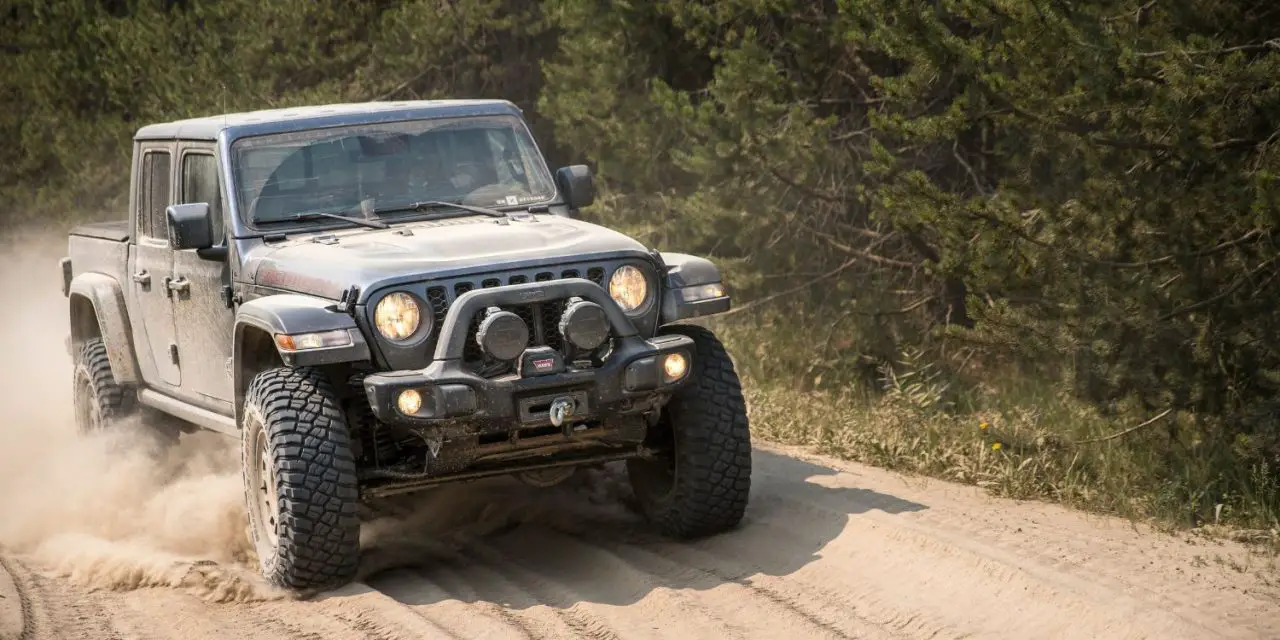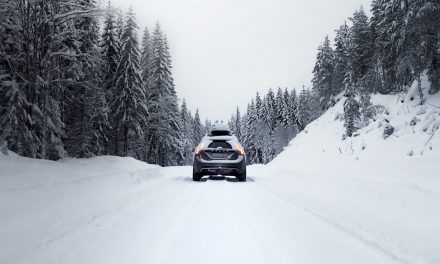All-terrain tires, also known as AT tires, are designed to provide a combination of on-road and off-road performance, making them a popular choice for various driving conditions. But are all-terrain tires more comfortable to ride with than other tire types?
All-terrain tires may not be as comfortable as other tires on the road due to their tread patterns, which can cause noise and vibration. While some all-terrain tires are designed with comfort in mind, the experience will vary depending on the specific tire model and vehicle used.
This article will explore the comfort levels of all-terrain tires on different surfaces, such as tarmac, dirt, sand, rocks, and snow, and when you should stick to specialized tires. I will also discuss how these tires affect fuel consumption, so read on!
The Comfort Levels of All-terrain Tires on Different Surfaces
The average American driver spends over 17,600 minutes behind the wheel each year. That’s a lot of time spent driving, so it’s no surprise that comfort is a significant factor when choosing the right tires for your vehicle.
All-terrain tires are a popular choice for drivers who need a tire that can handle both on-road and off-road conditions. These tires are known for their aggressive tread pattern, which provides excellent traction on various surfaces, including dirt, mud, and rocks.
However, the same tread pattern that makes all-terrain tires so effective on off-road surfaces can also create more noise and vibration, compromising comfort.
Here’s how comfort in a vehicle with all-terrain tires compares on different terrains.
1. Tarmac
On tarmac surfaces, all-terrain tires may not perform as well as other tires, such as highway tires or touring tires. As noted earlier, the tread pattern of all-terrain tires can create more noise and vibration on the road, particularly at higher speeds.
In addition, the tread pattern of these tires is designed for off-road use, so they may provide a different level of grip and handling on smooth, paved roads.
Some all-terrain tires are designed with comfort in mind and may have features such as a softer compound or specialized tread pattern that helps to reduce noise and vibration on the road. However, these tires may not perform as well off-road as other all-terrain tires.
2. Dirt

These tires can dig deeper into the mud on slippery dirt surfaces to provide good traction and handling thanks to their tread pattern and sturdy construction.
All-terrain tires can provide a reasonably comfortable ride on slippery terrain thanks to their ability to handle rough terrain and good shock absorption. Some all-terrain tires are made with a softer material, which can provide an even smoother ride and better cushioning over bumps and other irregularities in the road.
- THE COMPLETE GUIDE TO PATCHING ALL-TERRAIN TIRES
- IN-DEPTH LOOK AT IF ALL-TERRAIN TIRES ARE HARDER TO PUNCTURE
- DO OFF-ROAD TIRES WEAR FASTER? (EVERYTHING YOU NEED TO KNOW)
3. Sand
All-terrain tires are generally good on sand, but their performance may vary depending on the specific tire and the type of sand you are driving on. They are designed to provide a good balance of traction and versatility, so they should be able to handle sand reasonably well.
They may be slightly noisier than other tires. However, the difference in noise may need to be more significant to sacrifice the added traction and versatility on sandy terrain.
The comfort level of all-terrain tires will depend on several factors, such as the tire’s tread design, the type of vehicle it is on, and the road surface. All-terrain tires provide a reasonable level of comfort on sandy terrain, but they may be smoother than tires explicitly designed for use on sand, such as sand tires.
4. Rocks
All-terrain tires are generally good on rocky terrain, as they are designed to provide a good balance of traction and versatility for off-road driving.
They are typically more durable and have deeper treads than highway tires, which can help improve traction on rocky surfaces.
However, they may provide less traction than specialized off-road tires, such as rock-crawling tires, designed specifically for highly rocky terrain. Nevertheless, all-terrain tires can be a good choice if you need a tire that can handle a mix of surfaces. The main trade-off is that they may provide less traction or comfort than specialized off-road tires on extremely rocky terrain.
5. Snow

All-terrain tires are generally more comfortable on snow than standard road tires but are less comfortable than dedicated snow tires. They feature tread patterns designed for various surfaces, including snow, but they provide less traction on snow and ice than snow tires.
Snow tires have tread patterns specifically designed for cold and snowy conditions, providing better traction and grip on ice and snow than all-terrain tires.
If you live in an area with heavy snowfall and you will be driving on snow and ice frequently, it is recommended that you use dedicated snow tires to ensure maximum comfort and safety.
Impact of All-Terrain Tires on Fuel Consumption
All-terrain tires tend to be less fuel efficient than standard road tires because they are designed for use on various surfaces. They have more significant and more aggressive tread patterns, which can increase rolling resistance and decrease fuel efficiency.
However, the effect on fuel consumption will also depend on the driving conditions. For example, if you are driving on smooth, paved roads, the impact of all-terrain tires on fuel consumption may be minimal. On the other hand, if you are driving off-road or on rough, uneven terrain, the increased rolling resistance of all-terrain tires may cause poor fuel efficiency.
Conclusion
All-terrain tires are a good choice for drivers who need a tire that can handle various driving conditions. They are designed to provide a combination of on-road and off-road performance, making them suitable for a wide range of terrain types.
They are also reasonably comfortable on every terrain and are an excellent “best-of-both-worlds” option for vehicle owners who don’t want to keep changing tires for different terrains. However, if you live in areas of heavy snow or drive on sand often, you should get dedicated sand or snow tires.





